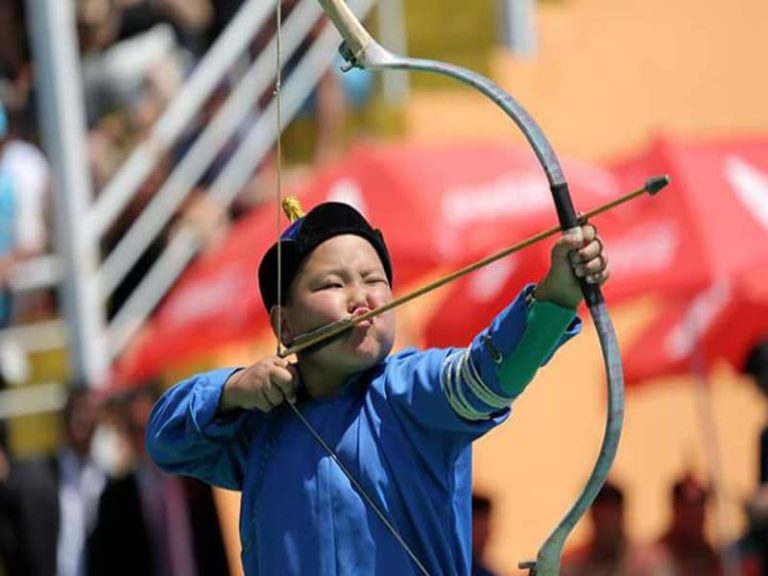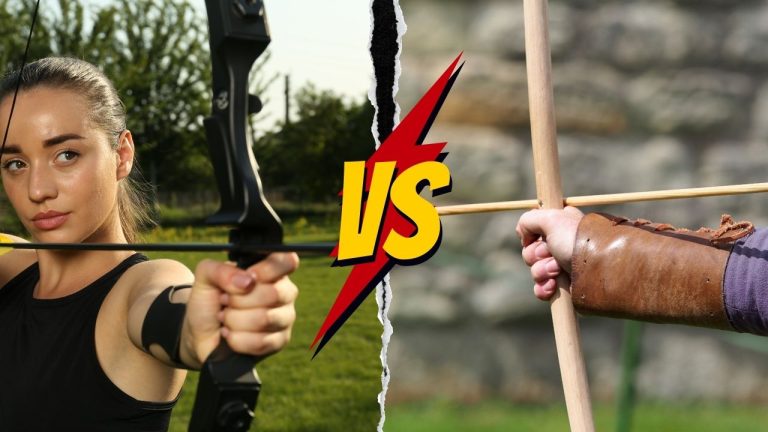In this article, I will explore the unique traits and characteristics of composite bows and recurve bows to understand the differences between them. By the end, you will have a clear understanding of which type of bow is better suited for your archery style and preferences.
Key Takeaways:
- Composite bows and recurve bows have distinct differences in material composition and construction.
- Composite bows offer high power and efficiency but require more maintenance and are sensitive to moisture.
- Recurve bows are versatile, easier to use, and more affordable in many cases.
- The choice between composite and recurve bows depends on personal preference, shooting style, and intended use.
What is A Recurve Bow?
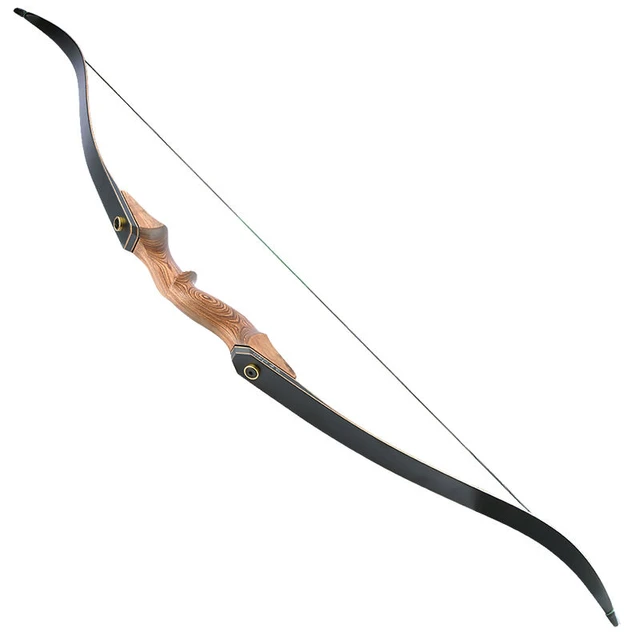
A recurve bow is a type of bow that has limbs that curve away from the archer when unstrung. This shape allows the recurve bow to store more energy and deliver it more efficiently to the arrow, resulting in increased speed and power.
Recurve bows can be made from various materials, including wood, carbon, and fiberglass. They are known for their versatility and are widely used in archery competitions, hunting, and recreational shooting.
What is A Composite Bow?

A composite bow on the other hand is a traditional bow made from horn, wood, and sinew laminated together. The horn is on the belly side, facing the archer, while the sinew is on the outer side of a wooden core.
Composite bows are known for their compact size and high power. They can store more energy than self bows (bows made from a single piece of wood) of the same length, making them highly efficient and powerful. However, the construction of composite bows requires more time and a greater variety of materials compared to self bows.
Composite & Recurve Bow Similarities

Composite bows and recurve bows may have distinct differences, but they also share several key similarities. Understanding these similarities can provide valuable insights into the characteristics and advantages of both types of bows.
- Recurve Shape: Both composite bows and recurve bows feature a recurve shape in their design. This curved shape provides several benefits, including increased power and efficiency. The recurve shape allows for greater energy storage in the limbs, resulting in faster arrow speeds and improved accuracy.
- Versatility of Use: Composite bows and recurve bows are versatile tools that find applications in various archery disciplines. Whether it’s competing in archery tournaments, embarking on hunting expeditions, or simply enjoying recreational shooting, both types of bows excel in their respective fields. The adaptability of composite bows and recurve bows allows archers to explore different aspects of their sport and cater to their specific interests.
Despite their similarities, it’s important to note that each type of bow also has its unique characteristics and advantages. Understanding the key differences between composite bows and recurve bows is essential for choosing the bow that aligns best with an archer’s individual needs and preferences.
Composite & Recurve Bow Differences?
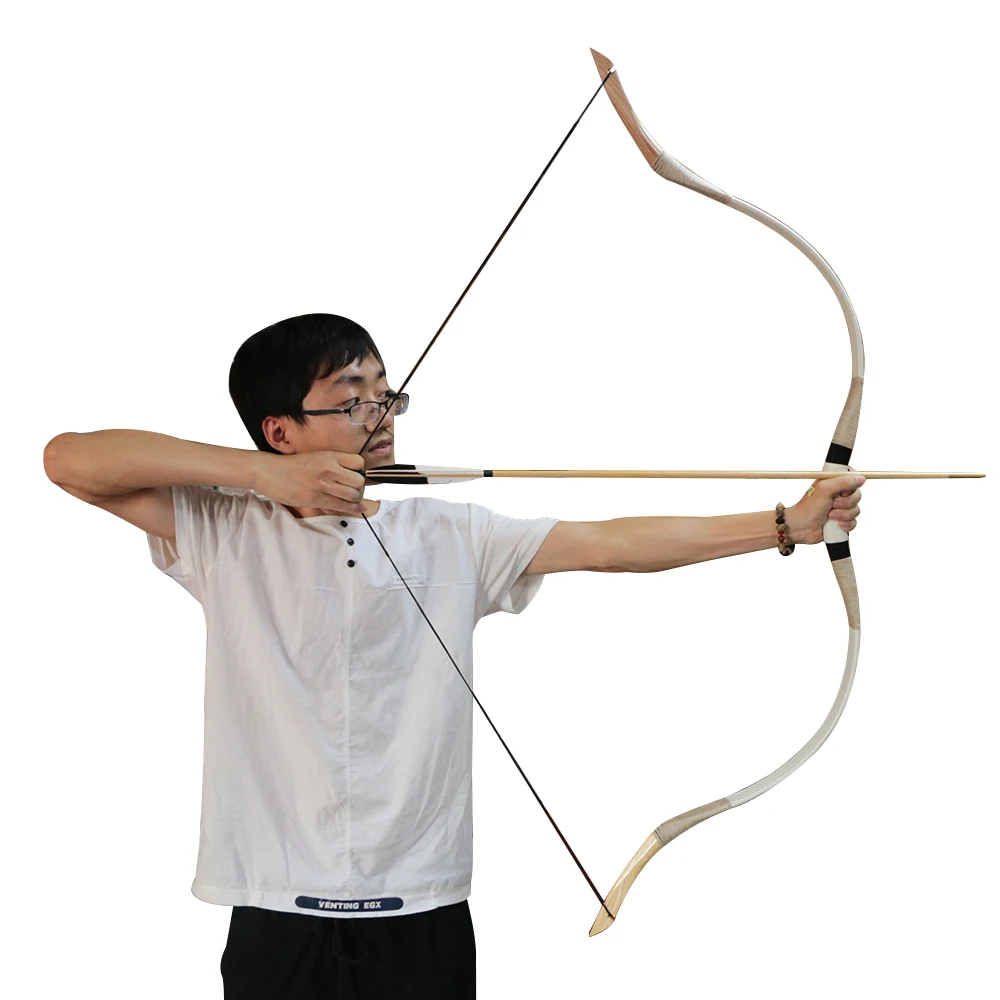
While composite bows and recurve bows share similarities, they also have distinct differences that set them apart. Understanding these differences can help you determine which type of bow aligns best with your archery needs and preferences.
Construction
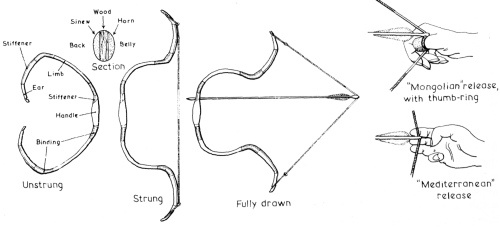
Composite bows are crafted using a combination of horn, wood, and sinew, creating a unique and intricate construction. On the other hand, recurve bows are typically made from a single material such as wood or carbon, resulting in a more straightforward manufacturing process.
Performance
The use of different materials contributes to differences in the performance and characteristics of these bows. Composite bows, with their complex construction, have the ability to store more energy compared to recurve bows. This translates to increased power and efficiency, making composite bows a popular choice for experienced archers seeking maximum performance.
However, it’s important to consider that the construction and materials of composite bows make them more time-consuming to manufacture and maintain. These bows are also more sensitive to moisture, requiring extra care to prevent damage.
Recurve bows, on the other hand, are generally easier to manufacture and maintain, offering a more accessible option for archers of all skill levels.
What is The Difference in Pricing?
When comparing the pricing of composite bows and recurve bows, several factors come into play. The cost of a bow is influenced by various elements, such as the materials used, craftsmanship, brand reputation, and additional features.
Generally, composite bows are priced higher than recurve bows. This is due to the complexity of their construction and the variety of materials required. Composite bows, with their combination of horn, wood, and sinew, undergo a more intricate manufacturing process and require skilled craftsmanship. These factors contribute to their higher price range.
On the other hand, recurve bows, especially those made from synthetic materials like fiberglass, tend to be more affordable. The simplicity of their construction makes them easier and less time-consuming to manufacture, resulting in a lower price point.
It’s essential to note that there are exceptions to these general patterns. Higher-end recurve bows, equipped with advanced technology and made from premium materials, can also be quite expensive. Additionally, certain brands and their reputation can influence the pricing of both composite and recurve bows.
Composite or Recurve Bow? Which is Better?
When deciding between a composite bow and a recurve bow, it ultimately boils down to personal preference, shooting style, and intended use. Both types of bows have their own unique advantages and disadvantages.
Composite bows provide exceptional power and efficiency due to their construction with materials like horn, wood, and sinew. However, they require more maintenance compared to recurve bows. The intricate nature of composite bows means they are more sensitive to moisture and necessitate regular care and upkeep.
Recurve bows offer versatility and ease of use. They are typically made from a single material such as wood or carbon, making them less demanding in terms of maintenance. Recurve bows are known for their adaptability across various shooting disciplines, but they may have limitations in terms of power compared to composite bows.
Final Thoughts
When making a decision, consider factors such as your skill level, shooting goals, and budget. If you’re seeking power and efficiency and are willing to invest the necessary time in maintenance, a composite bow may be the better choice. Alternatively, if you value versatility and simplicity in a bow, a recurve bow may be more suitable.
Ultimately, it’s important to test out different bows, consult with experienced archers, and find the bow that feels comfortable for you. Each bow has its own character and feel, so take the time to experiment and discover which type aligns best with your archery needs. Whether you go with a composite bow or a recurve bow, both can provide immense satisfaction and enjoyment in the world of archery.
See our shop: https://silkroadbows.com/bows/


